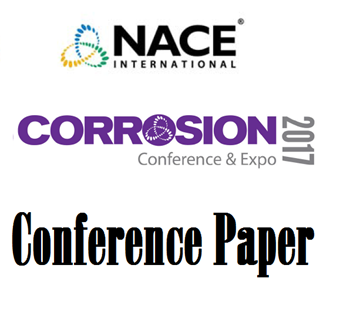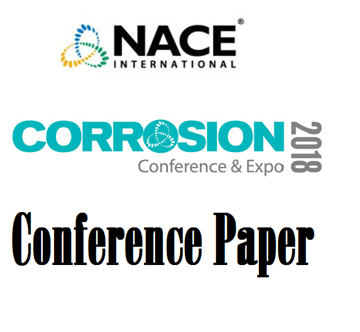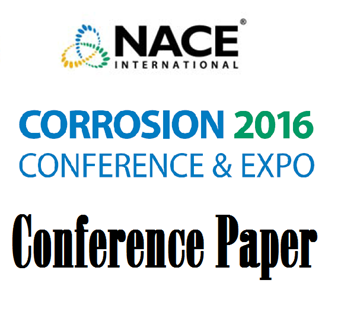Search
51318-11023-Effect of Soil and Disbondment Configuration on CP Penetration into Coating Disbondment
Also Purchased
Penetration of Cathodic Protection into Pipeline Coating Disbondment
Product Number:
51317--9146-SG
ISBN:
9146 2017 CP
Publication Date:
2017
$20.00
51318-11018-Advancement in Cathodic Disbondment Test Standard- NACE TM0115
Product Number:
51318-11018-SG
Publication Date:
2018
$20.00
Fusion Bonded Epoxy Coatings (FBE) and Disbondment
Product Number:
51316-7246-SG
ISBN:
7246 2016 CP
Publication Date:
2016
$20.00




